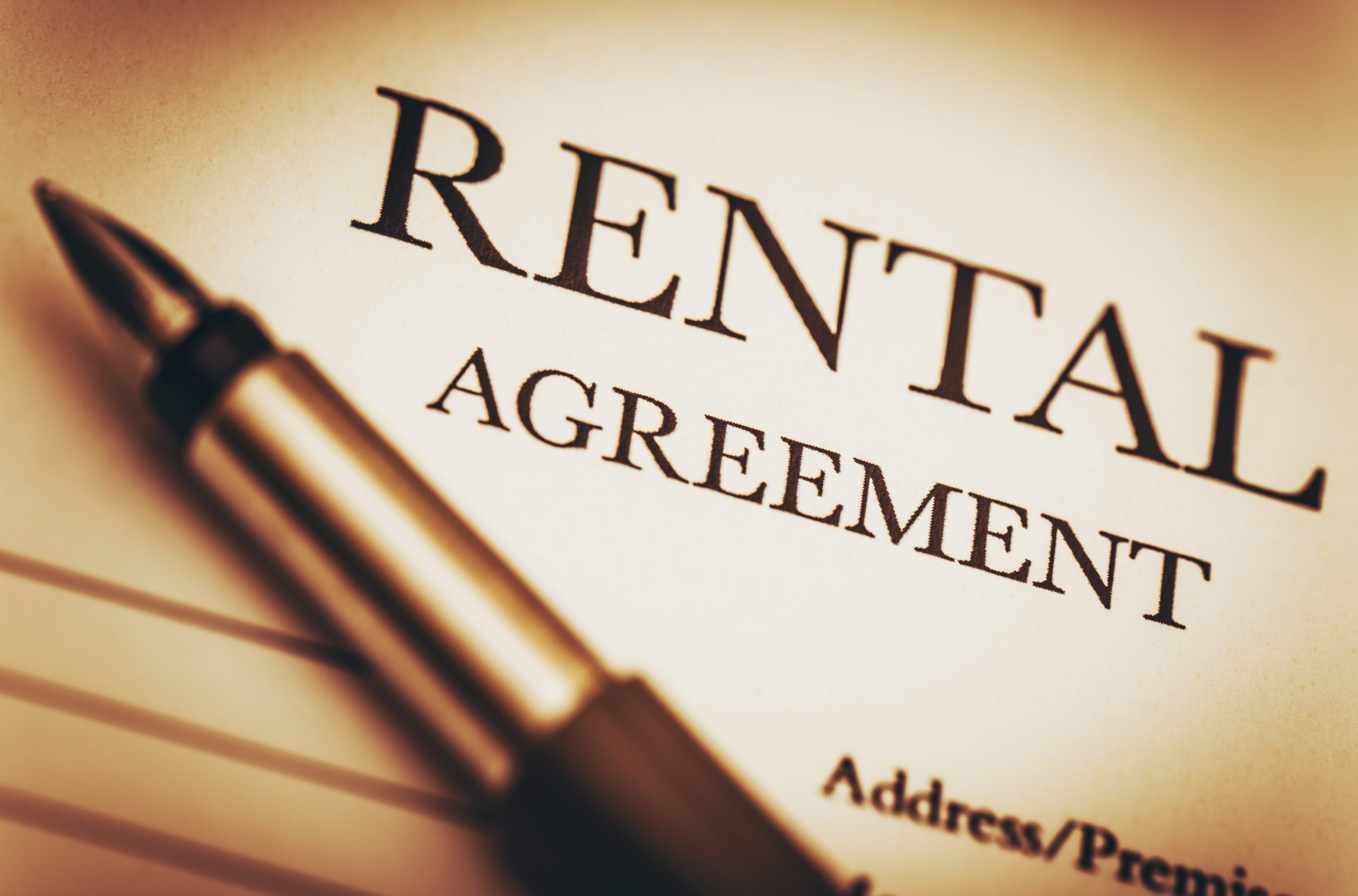Contractors, laborers, and materialmen tend to run into issues receiving payment for their work on certain projects. A terrific way for contractors, laborers, and materialmen to guard against not getting paid is to attach a Mechanic’s Lien to the property on which the contractors, laborers, and materialmen performed their work. From an extremely general point of view, to perfect a Mechanic’s Lien, contractors, laborers, and materialmen must file an “Affidavit for Mechanic’s Lien,” with the recorder’s office in the county where the property is located.
It is key to remember that there are time limits that must be adhered to on the front end and back end of filing an Affidavit for Mechanic’s Lien.
The Front End
When it comes to the front end, the time limit will vary based on the type of project.
If the Mechanic’s Lien is associated with a residential property, like a family home or condominium, then a contractor, laborer, or materialman claiming a Mechanic’s Lien has sixty (60) days from the date that the last labor was performed, or material was provided by the contractor, laborer, or materialman.[1]
If a Mechanic’s Lien is associated with oil or gas wells or facilities, then a contractor, laborer, or materialman claiming a Mechanic’s Lien has one hundred and twenty (120) days from the date that the last labor was performed, or material was provided by the contractor, laborer, or materialman.[2]
For all other Mechanic’s Liens, a contractor, laborer, or materialman claiming a Mechanic’s Lien has one seventy-five (75) days from the date that the last labor was performed, or material was provided by the contractor, laborer, or materialman.[3]
The Back End
ORC Section 1311.13 deals with attachment of liens, continuance, and priority. ORC Section 1311.13(C) states that Mechanic’s Liens, under sections 1311.01 to 1311.24, continue for six years after the Affidavit for Mechanic’s Lien is filed with the county recorder, as required by ORC Section 1311. If a cause of action based on a Mechanic’s Lien is brought within the six years, then the Mechanic’s Lien will continue “in force until final adjudication thereof.”
If a cause of action based on a Mechanic’s Lien is not brought within the six-year period, then the rights associated with the Mechanic’s Lien are extinguished.[4] Thus, there is a six-year statute of limitations to bring a cause of action based on a Mechanic’s Lien.[5] Furthermore, “the statutory scheme for the filing and enforcement of [M]echanic’s [L]iens does not provide for the tolling or expansion of designated statutory time limits.”[6]
If you have a Mechanic’s Lien and need to act, please feel free to reach out to the Finney Law Firm, before it is too late!
_____________________
[1] ORC Ann. 1311.06(B)(1).
[2] ORC Ann. 1311.06(B)(2).
[3] ORC Ann. 1311.06(B)(2).
[4] Banner Constr. Co. v. Koester, 2000 Ohio App. LEXIS 1313, *1.
[5] Id.
[6] Id.







